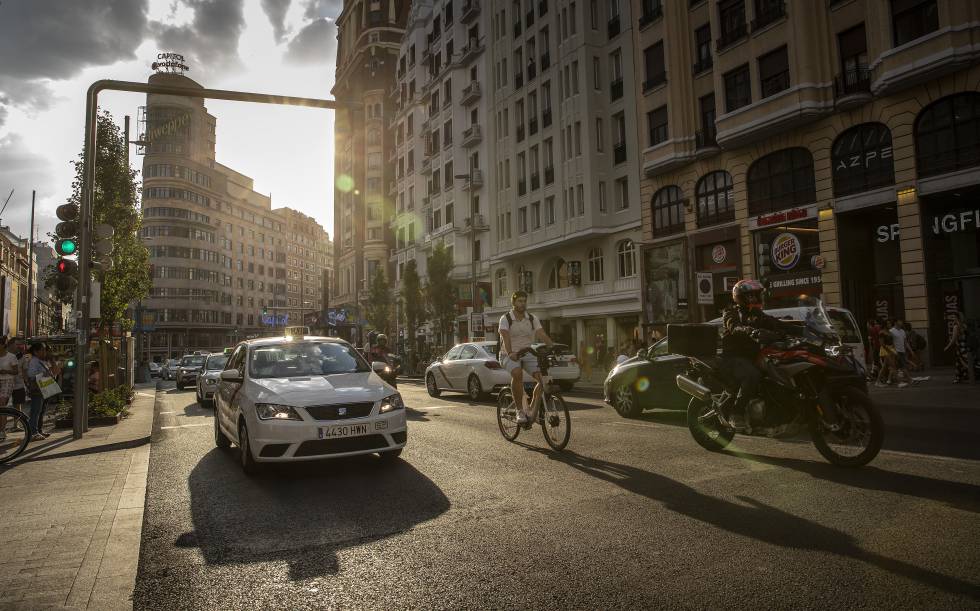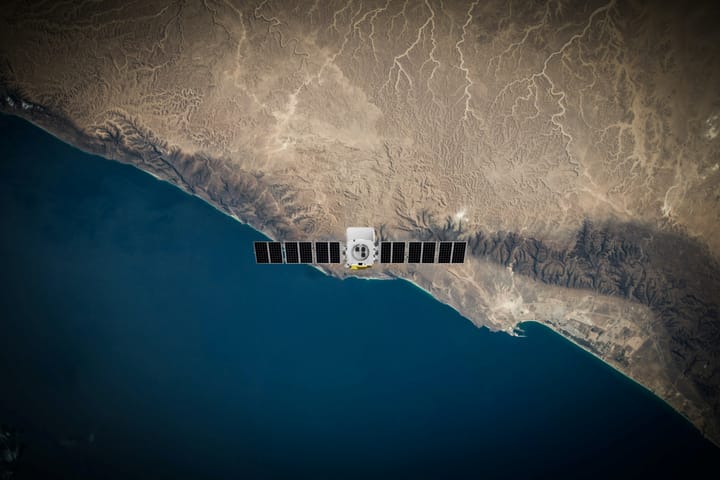Madrid’s low-emissions zone has dropped pollution to 10-year low, report says

A few minutes every morning is all you need.
Stay up to date on the world's Headlines and Human Stories. It's fun, it's factual, it's fluff-free.
A low-emissions zone in Spain’s capital appears to have brought about a 10-year low in pollution, despite opposition from the city’s current mayor. The zone, known as Madrid Central, was implemented in 2018 by Madrid’s previous mayor.
However, when the opposition party was voted in the following year, the newly elected mayor attempted to have the new restrictions lifted.
What is Madrid Central?
On Nov. 30, 2018, Madrid enacted a strict low-emission zone around the most trafficked, central area of the city. This effort, championed by then-mayor Manuela Carmena Castrillo, was part of the city’s “‘Plan A” for addressing climate change. The goal was to reduce pollution and adapt the city to the effects of climate change.
The law restricts non-residents from driving in an area of roughly 1.8 square miles, which includes Madrid’s famous Plaza Mayor and Puerta del Sol. People with reduced mobility as well as emergency service vehicles are also allowed to drive within the zone.
Additionally, the city’s traffic authority distributes environmental stickers for vehicles to determine which are permitted to enter the zone, El Pais reported. Cars are distinguished as electric (classified as “zero” for zero emissions), hybrid (classified as “ECO”) and diesel and gas (classified as “C” and “B”).
Gas-powered vehicles manufactured prior to 2006 and diesel-powered vehicles manufactured prior to 2000 are banned entirely from the zone.
A reduction in pollution
A report by the environmental group Ecologists in Action found that levels of nitrogen dioxide (NO2), a deadly pollutant, fell to its lowest levels since 2010. The data indicated that only two of the city’s 24 air-quality monitoring stations reported NO2 levels above the legal limit.
In 2008, the European Union set standards of pollutant levels for all member states, but according to El Pais since 2010, much of Spain has failed to stay within the limit for NO2. The euobserver reported that the EU last year referred Spain to the Court of Justice, the Luxembourg-based authority charged with ensuring each member state follows the EU laws.
Resistance to the law
Castrillo, who is a member of the leftwing Communist Party of Spain (PCE; Partido Comunista de España) was voted out of office in May 2019. She was succeeded by José Luis Martínez-Almeida, a member of the rightwing People’s Party (PP; Partido Popular).
One of the new mayor’s first priorities, was easing the restrictions of Madrid Central, claiming that the vehicle ban was not reducing pollution levels and only caused inconvenience for locals. However, within a week of lifting a ban on polluting vehicles in Madrid Central, a judge ruled that the ban must stay in place so that the city can continue to address the pollution problem.
The mayor didn’t immediately appeal the judge’s decision, but he has since released a plan to ease traffic restrictions on banned cars in Madrid Central, El Pais reported. The new plan will take effect in 2020.
[article_ad]




Comments ()